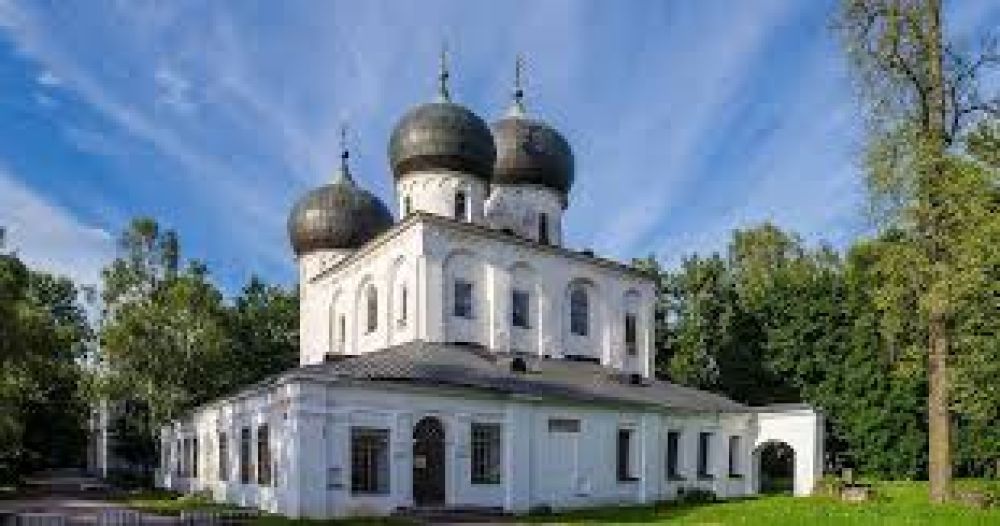

The Antoniev Monastery, nestled in the picturesque landscapes of Veliky Novgorod, Russia, is one of the most venerable and spiritually significant monasteries of the region. Its foundations date back to the 12th century, marking it as a silent witness to various epochs in Russian history.
The history of tourism at the Antoniev Monastery aligns closely with its religious significance throughout the centuries. As a center of Christian pilgrimage, the monastery has attracted visitors since its establishment in 1117 by the monk Anthony. Over the centuries, the monastery's reputation for spiritual solace and the beauty of its medieval frescoes have drawn both the faithful and admirers of art and architecture alike.
In the 19th century, with the advent of the railway in Veliky Novgorod, tourism to the Antoniev Monastery saw a substantial increase. The ease of access allowed tourists from various parts of the Russian Empire to explore the spiritual and historical heritage of Novgorod’s sacred sites.
Following the tumultuous periods of the early 20th century, including the Russian Revolution and World War II, the monastery experienced periods of neglect and disrepair. It wasn't until the late 20th century, with a resurgence of interest in Russia's religious and historical landmarks, that the monastery began to regain its status as a significant tourist destination.
In the 1990s, after the fall of the Soviet Union, the monastery witnessed a renaissance of religious activity along with an increased emphasis on cultural tourism. Restoration projects were initiated to preserve the ancient frescoes and architectural integrity of the complex, which in turn enhanced the site's appeal to tourists.
As of the latest trends, the Antoniev Monastery has embraced the balance between being a living place of worship and a historical monument. Ecotourism has gained traction, with visitors seeking to complement their monastery tour with exploration of the surrounding natural landscapes. Additionally, there has been a greater push towards interactive and educational experiences, such as guided tours that delve deep into the historical and religious context of the monastery.
Special events, such as church feasts, liturgies, and choir performances, have also become major draws for tourists, combining both the spiritual aura and cultural depth of the destination. The monastery's inclusion in the Valky Novgorod Museum-Reserve uplifts its historical narrative, attracting a vast array of history enthusiasts, scholars, and religious pilgrims.
Moving forward, the Antoniev Monastery's tourism model looks toward sustainable development and continued preservation. The integration of digital technologies, such as virtual tours for international visitors, is also an emerging frontier.
The significance of the Antoniev Monastery in Veliky Novgorod as both a spiritual haven and historic site endures, promising a rich and thought-provoking experience for all who venture to this remarkable Russian landmark.